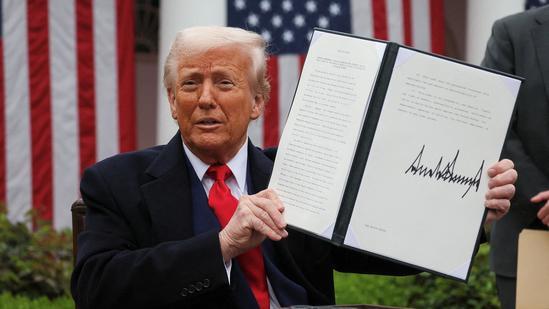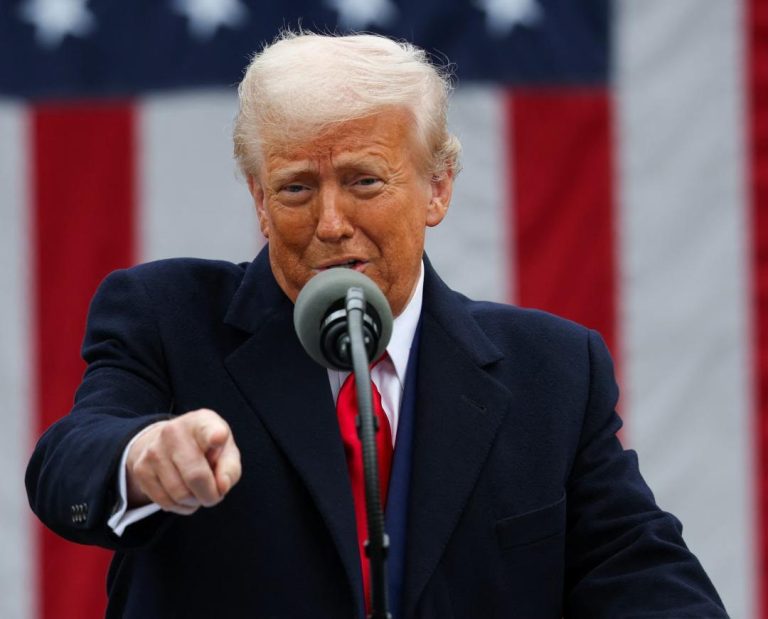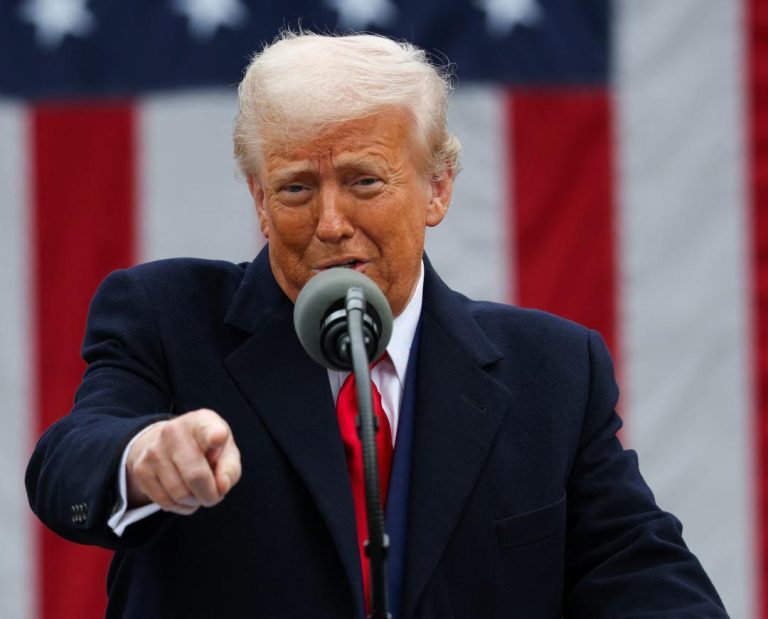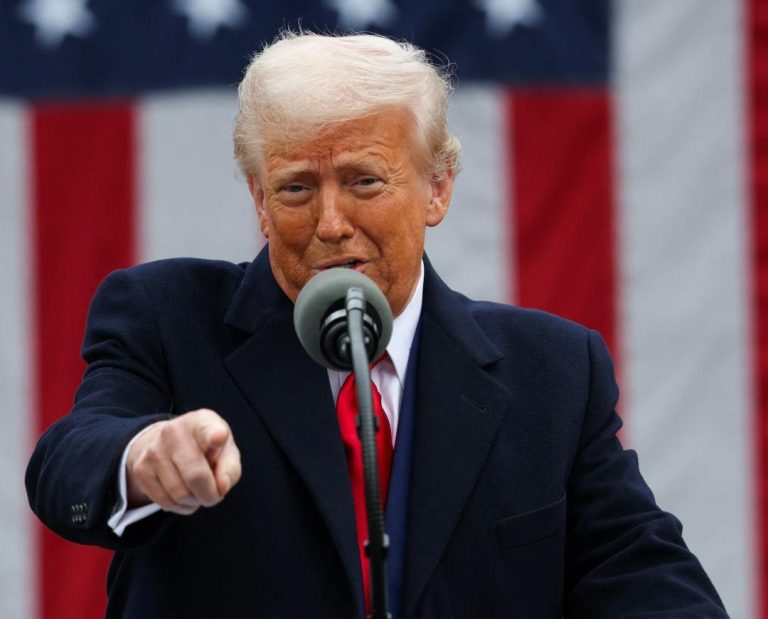
What could get costlier for Americans due to Trump’s tariffs?
In a move that has sent shockwaves through the global economy, US President Donald Trump has announced a flat 25% tariff on cars and parts. This means that the cost of cars imported into the country will increase, potentially affecting millions of American consumers. But the impact of these tariffs will not be limited to cars alone. A range of other products, from apparel and shoes to coffee and even avocados, could also become more expensive.
The tariffs, which were announced on May 31, are part of a broader trade war being waged by the US against several major trading partners, including China, Mexico, and the European Union. The goal of the tariffs is to protect American industries and create jobs, but the reality is likely to be a significant increase in costs for American consumers.
One of the most obvious areas where the tariffs will have an impact is the automotive industry. With the 25% tariff on imported cars and parts, the cost of vehicles is likely to rise significantly. This could lead to a range of consequences, from higher prices for new cars to decreased demand for imported vehicles.
But the impact of the tariffs will not be limited to cars alone. Apparel and shoes are likely to get costlier, with China, Vietnam, and Bangladesh among the biggest exporters of these products to the US. The tariffs will make it more expensive for American consumers to buy clothing and footwear, which could have a significant impact on the retail industry.
Coffee could also get costlier as US imports coffee primarily from Brazil and Colombia. With the tariffs in place, American coffee drinkers could see the price of their morning cup increase. This could be a significant blow to the coffee industry, which is already facing challenges from competition from other beverages.
Other products that could be affected by the tariffs include:
- Avocados: The US imports a significant amount of avocados from Mexico, which could become more expensive with the tariffs in place.
- Oil: The US imports a significant amount of oil from countries such as Saudi Arabia and Iraq, which could become more expensive with the tariffs in place.
- Furniture: The US imports a significant amount of furniture from countries such as China and Vietnam, which could become more expensive with the tariffs in place.
- Electronics: The US imports a significant amount of electronics from countries such as China and Japan, which could become more expensive with the tariffs in place.
The impact of the tariffs will not be limited to consumers alone. American businesses that rely on imports could also be affected, as the increased costs could lead to decreased profits and potentially even job losses.
The tariffs could also have a broader impact on the US economy, potentially leading to:
- Inflation: As the cost of goods increases, it could lead to inflation, which could erode the purchasing power of American consumers.
- Recession: The tariffs could lead to a recession, as the increased costs could lead to decreased demand and potentially even job losses.
- Trade war: The tariffs could lead to a trade war, as other countries retaliate with their own tariffs, potentially leading to a global economic downturn.
In conclusion, the impact of Trump’s tariffs on the American economy will be far-reaching and significant. While the goal of the tariffs is to protect American industries and create jobs, the reality is likely to be a significant increase in costs for American consumers. From cars and apparel to coffee and avocados, a range of products could become more expensive, potentially leading to a range of consequences for American businesses and consumers alike.





